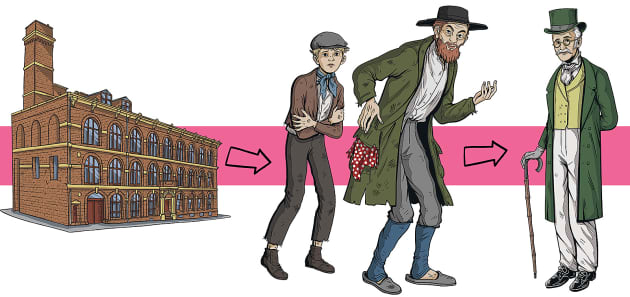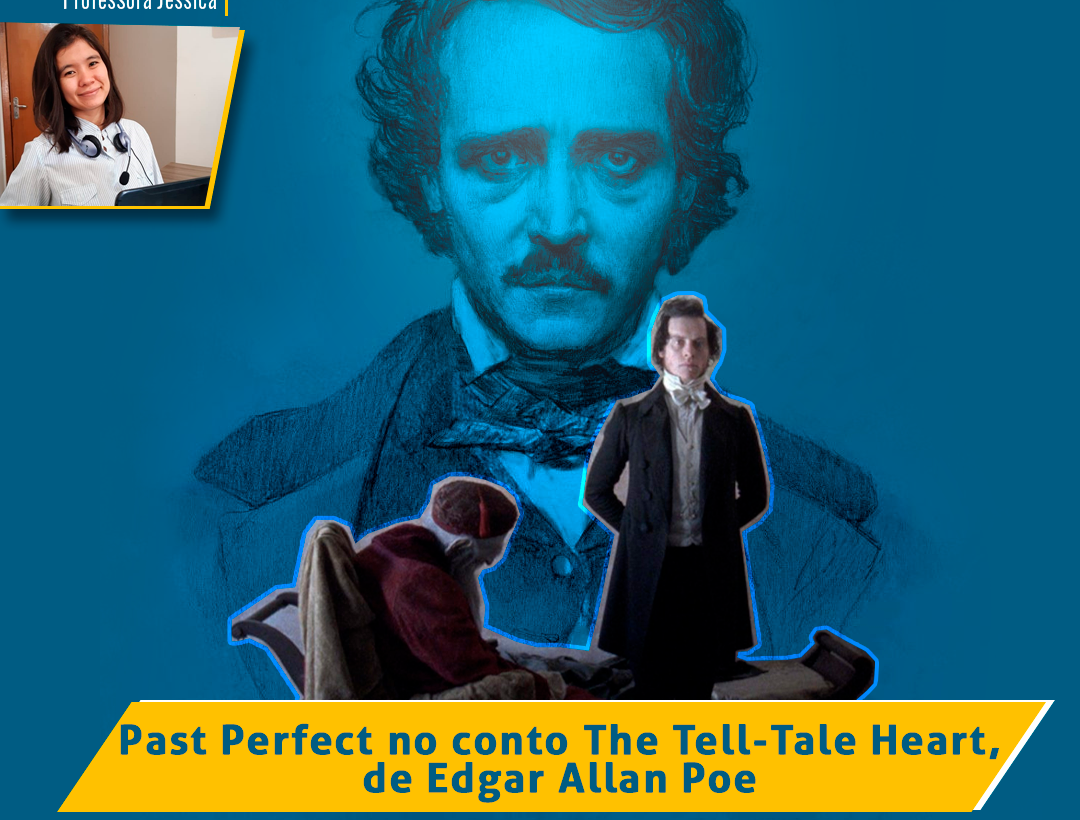O Present Simple é um dos tempos verbais mais importantes da língua inglesa. Ele é utilizado principalmente para falarmos acerca da nossa rotina e gostos pessoais. Por exemplo, eu poderia dizer que “eu vou ao supermercado uma vez por semana” ou que “eu gosto de animais de estimação“.
A conjugação do Present Simple é, de fato muito simples. Porque o verbo aparece tal qual no infinitivo, sem grandes alterações. Sendo assim, se o verbo “ir” é “go”, “eu vou” ficaria “I go”; já o verbo gostar é “like”, logo, “eu gosto” se diz “I like”. Simples, não?
A ordem da frase afirmativa no Present Simple (a negativa e interrogativa ficarão para um próximo post, ok?) também é bem fácil, pois é, no mais das vezes, idêntica ao português. Ou seja:
SUJEITO + VERBO + COMPLEMENTO
Se pensarmos nos exemplos do primeiro parágrafo, teríamos:
EU (sujeito) VOU (verbo) AO SUPERMERCADO (complemento de lugar) TODOS OS DIAS (complemento de frequência)
E em inglês…
I (sujeito) GO (verbo) TO THE SUPERMARKET (complemento de lugar) EVERY DAY (complemento de frequência)
O que precisamos tomar cuidado é com a terceira pessoa do singular (ele/ela), pois, nesse caso, os verbos receberão um “s” ao final. Veja:
- I like (eu gosto) – she likes (ela gosta)
- You like (você gosta) – he likes (ele gosta)
- We like (nós gostamos) – it likes (ele/ela gosta)
Alguns verbos se alteram um pouquinho mais na terceira pessoa do singular, mas, ainda assim, a diferença é pequena. Confira:
- Verbos terminados em O, S, X, CH ou SH – adicione ES (exemplos: go – goes; kiss – kisses; watch – watches; wash – washes);
- Verbos terminados em consoante + Y – tire o Y e adicione IES (exemplos: cry – cries; study – studies);
- O verbo have (ter) – vira has.
E, em resumo, é isso! Vamos praticar um pouquinho? Abaixo, trouxe a sinopse do livro Oliver Twist, de Charles Dickens. O resumo foi retirado do site TWINKL, e só foi alterado para destacar alguns usos do Present Simple. Leia com atenção e divirta-se!
Summary of Oliver Twist
Oliver Twist, or the “Parish Boy’s Progress”, is the second novel by Charles Dickens, and was first published as a serial in 1837 until 1838. The story had some influence on social policy and contributed to the creation of the modern system of workhouses.
Oliver Twist is one of Dickens’ most well-known novels and has been adapted into various stage and screen versions. Many notable actors have portrayed the orphan Oliver including Sir Alec Guinness in 1948 and Mark Lester who starred alongside Ron Moody as Fagin in 1968.
Here is our Oliver Twist summary, to help you understand the plot and its many ‘twists’ and turns:
The story begins in a Victorian workhouse. Oliver Twist is a young orphan. His life in the workhouse is lonely and sad. Oliver becomes an apprentice for an undertaker but runs away after he gets into a fight with another apprentice.
When Oliver arrives in London, he meets Jack, also known as the Artful Dodger, who offers him a place to stay. Unfortunately, Jack and his gang are pickpockets, who work for an unscrupulous career criminal called Fagin. When Oliver sees the others pick the pocket of an elderly gentleman, he is horrified and runs away. A kind man called Mr Brownlow takes Oliver in and looks after him.
Sadly it isn’t “happily ever after” for poor Oliver as Fagin and his gang reappear and capture him. They force Oliver to take part in a robbery and he gets shot. A family called the Maylies nurse Oliver back to health. They take him to see Mr. Brownlow when he’s well enough, but they discover his home deserted—he has emigrated to the West Indies.

Meanwhile, Fagin and his elusive associate Monks are still looking for Oliver, to no avail. One day, after having a nightmare in which he sees them through his window, Oliver wakes up to find them gazing at him. He raises the alarm, but they flee before he can stop them.
Nancy hears Fagin and Monks talking. She decides she needs to tell Rose what she knows. Nancy tells the truth to Rose that Monks is Oliver’s half-brother, who has been trying to hurt him so he can get all of his inheritance money. Rose tells Mr. Brownlow and he goes to tell Oliver’s other caretakers. They decide they need to meet Nancy again so they can find Monks.
Nancy meets them on London Bridge at a prearranged time, but Fagin is suspicious and has sent Noah Claypole to spy on her. Nancy still won’t betray Fagin or Sikes, but she tells Rose and Mr Brownlow how to find Monks.
Noah tells Fagin about every piece of information that he knows. Fagin then tells Sikes even though he knows that telling him what he knows will result in Sikes trying to kill her. Mr. Brownlow finds Monks and Monks admits that Oliver’s birth was not what first appeared to be true.
Sikes is trying to run away, but people are looking for him. He falls off a building and dies. Fagin gets arrested and gets a visit from Oliver, after which he is executed. Oliver, Mr. Brownlow, and the Maylies end up living peacefully in a small village in England.

Jéssica é pedagoga e professora de inglês na Nautae. É mestra em Ensino pela UNESPAR e licenciada em Filosofia pela UEM. Atualmente é doutoranda em Estudos Linguísticos pela UEM e cursa Letras Português/Inglês pela mesma instituição.

